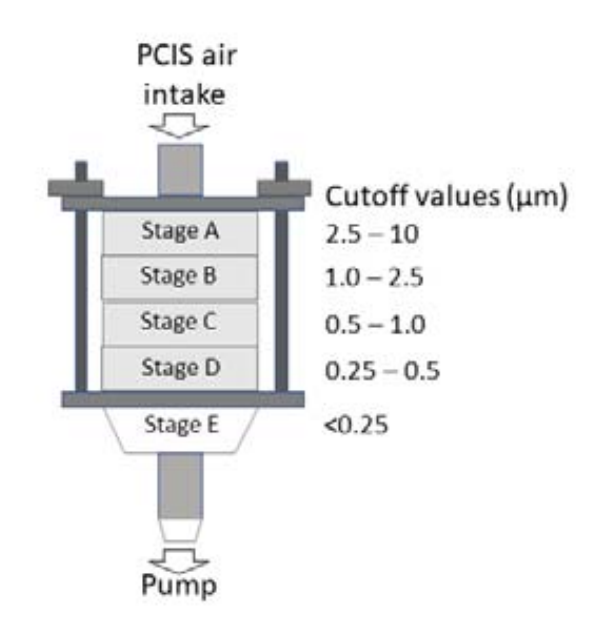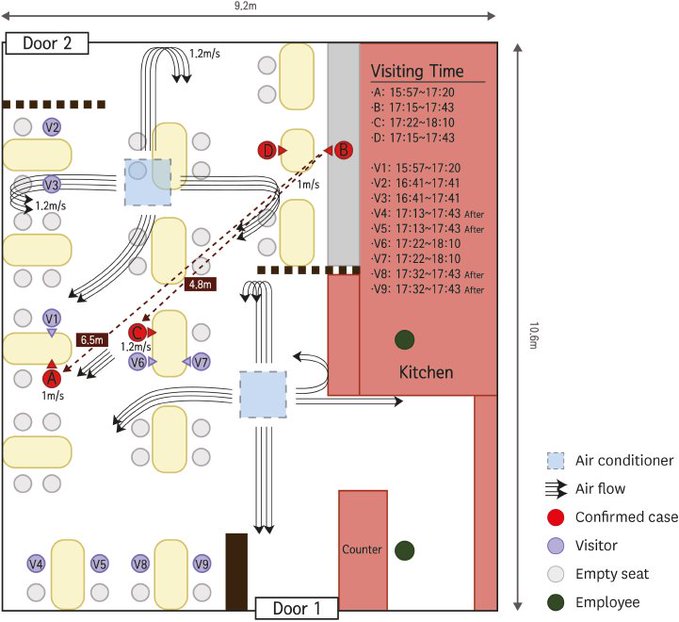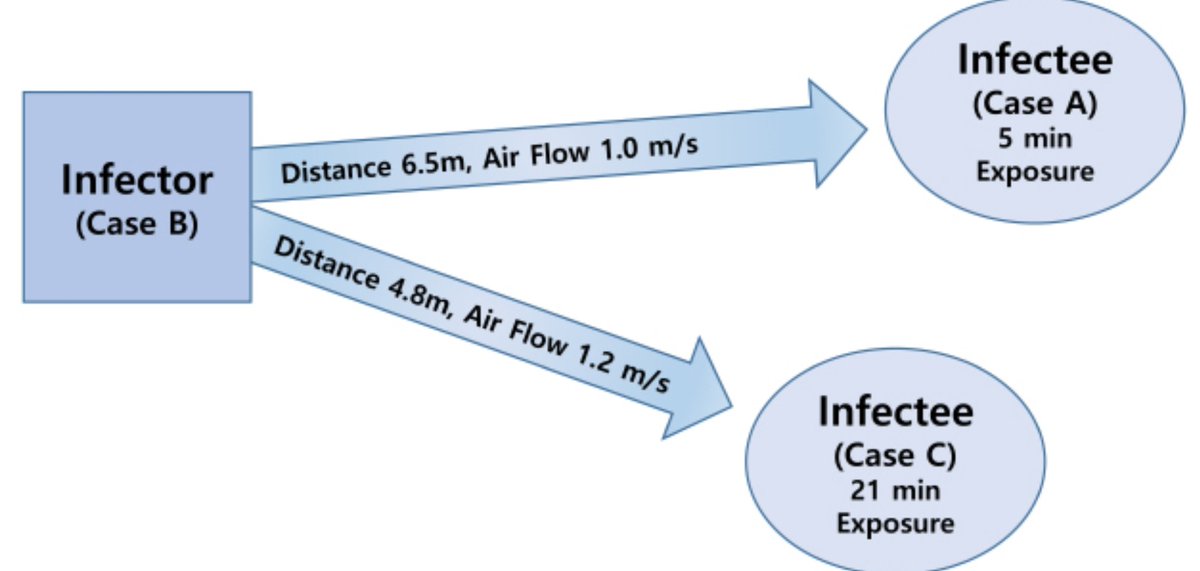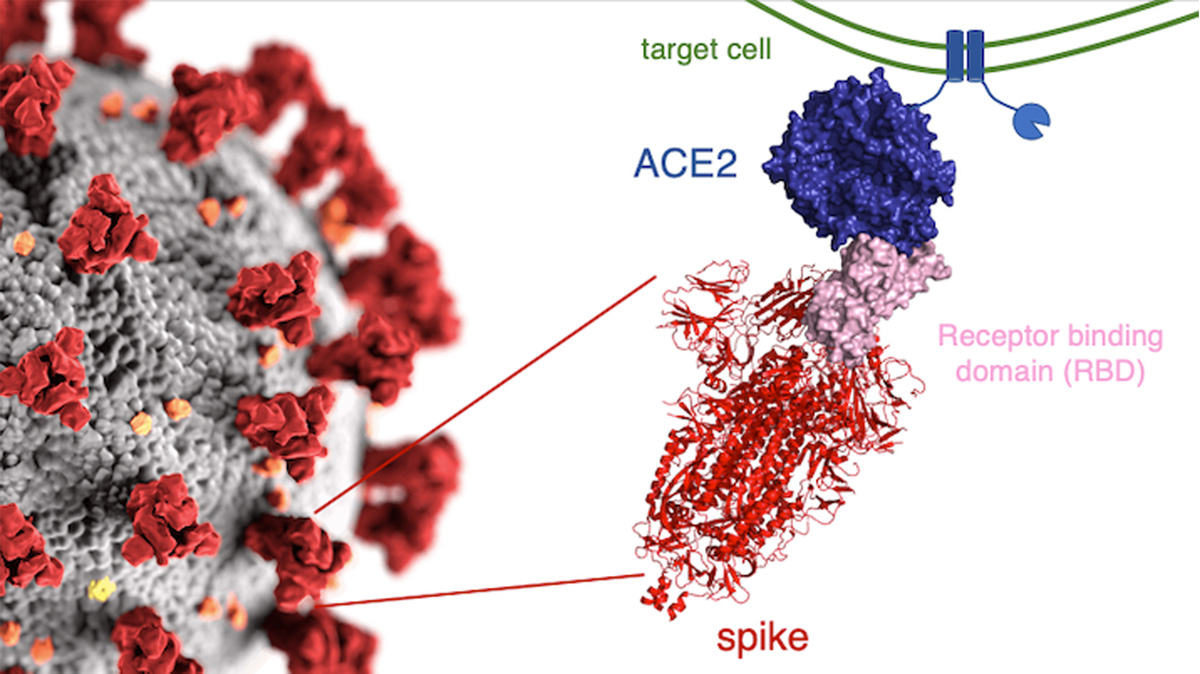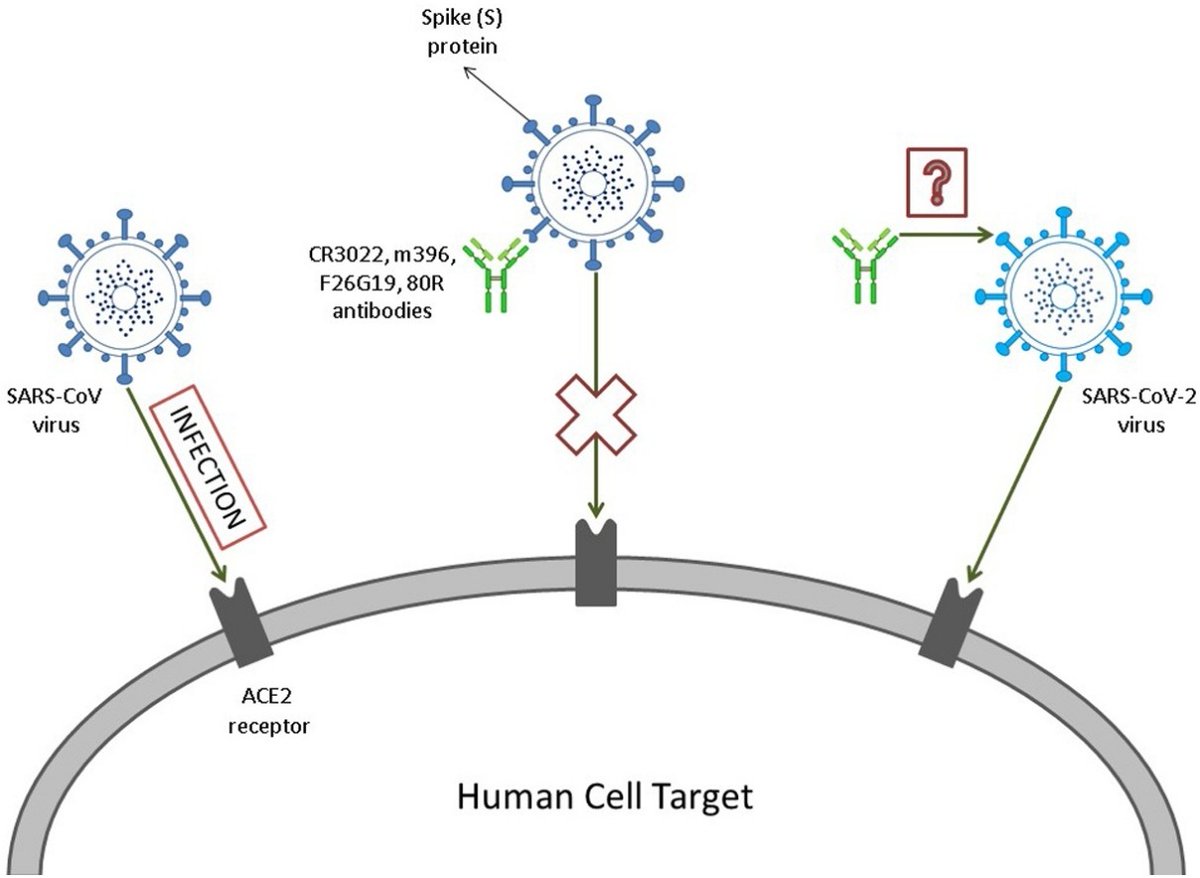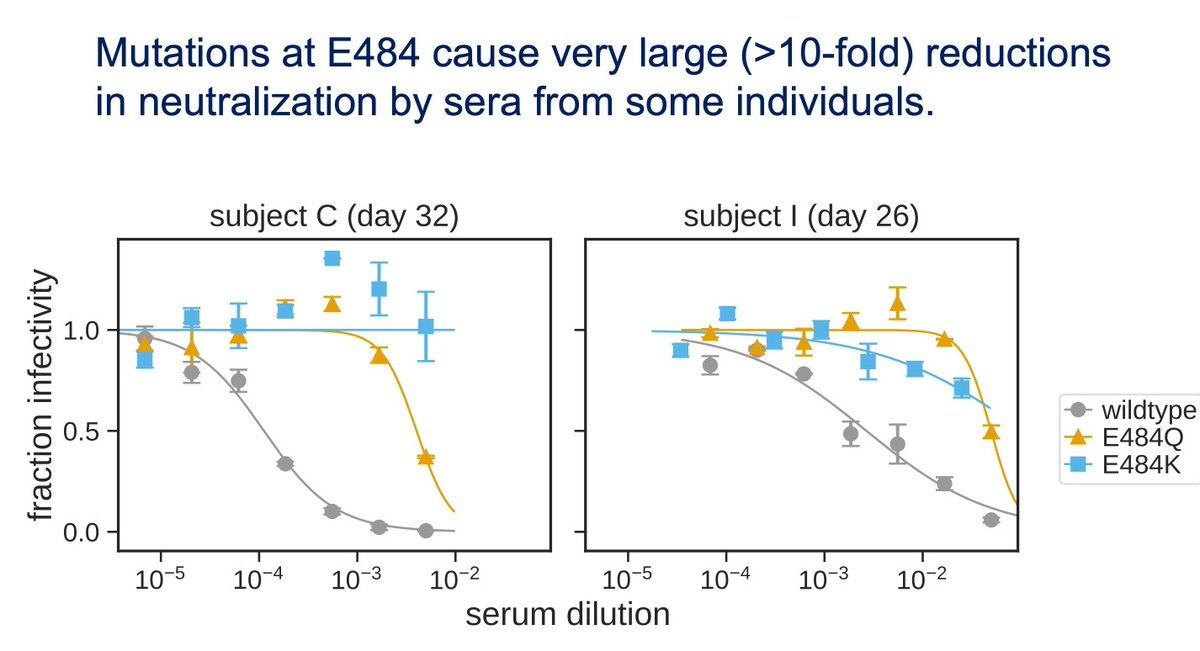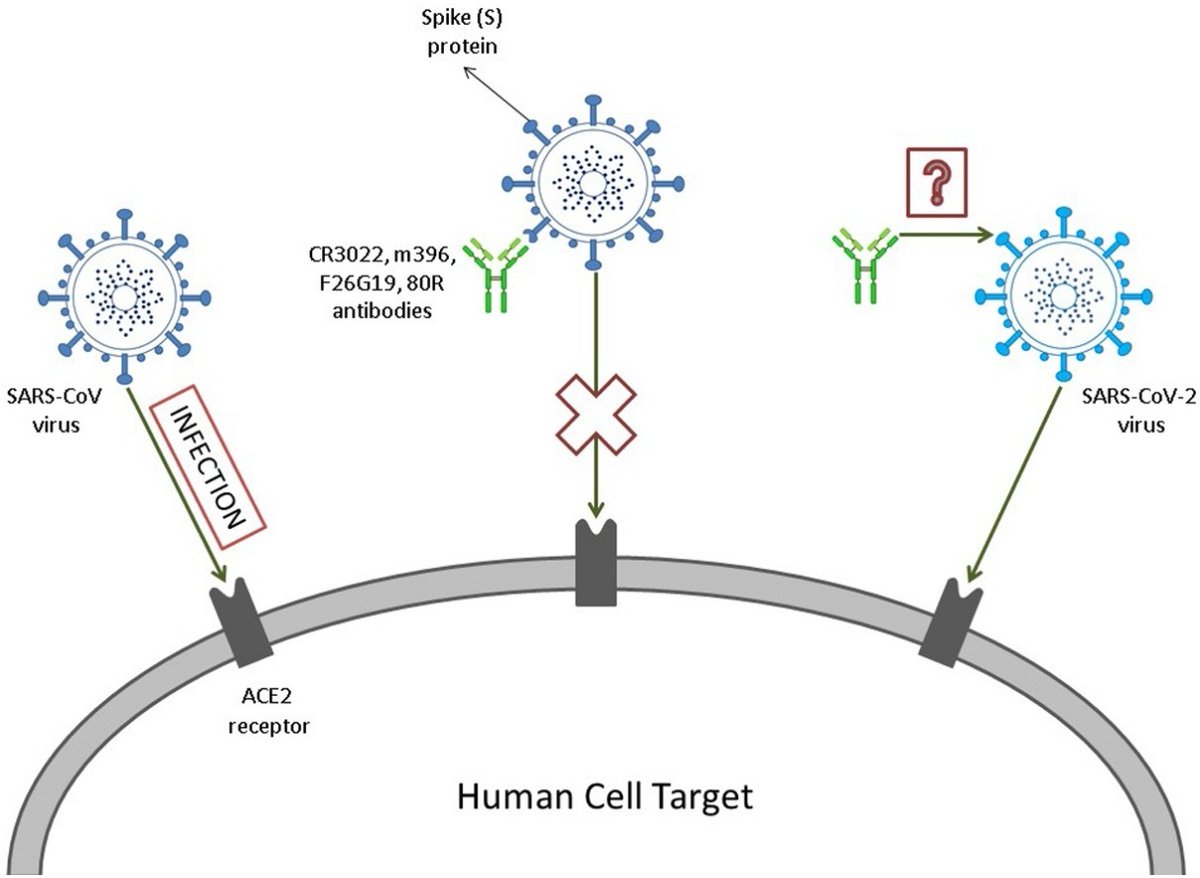
1/Big discovery during the pandemic was that the Coronavirus is #airborne: hitches ride in respiratory aerosols that can float a long time & infect from afar. But what do these tiny things look like? Using Supercomputer @ORNL, scientists are finding out nyti.ms/3xNoORm🧵 

2/researchers created a model of the virus in aerosols from billions of 'virtual atoms'. They also included other molecules & proteins found in these aerosols. They ran simulations using Summit: one of world's fastest Supercomputers @ORNL, a Department of Energy National Lab.
3/scientists learned that the Delta Variant's Spike protein (the part that grabs human cells) behaves differently: it opens up wider than the original virus. This may allow Delta to infect more efficiently. They'll do these simulations with #Omicron, once its shape is deciphered.
4/During the pandemic, Dep. of Energy & its National Labs put together the National Virtual Biotechnology Lab to use their capabilities to combat the virus. Neutron Sources imaged the virus; Supercomputers identified potential drug compunds, and more. science.osti.gov/nvbl 

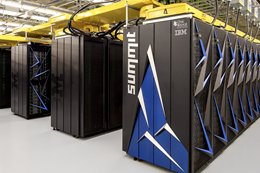

• • •
Missing some Tweet in this thread? You can try to
force a refresh






